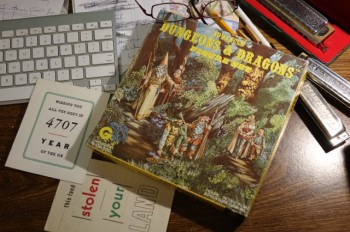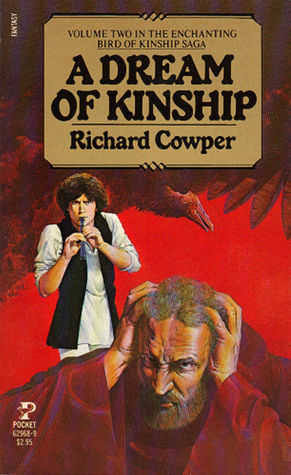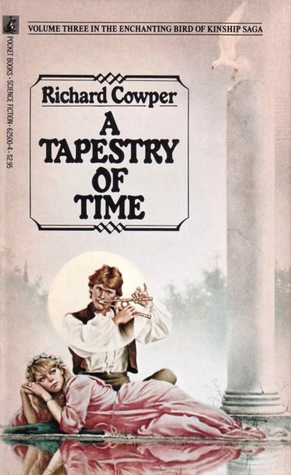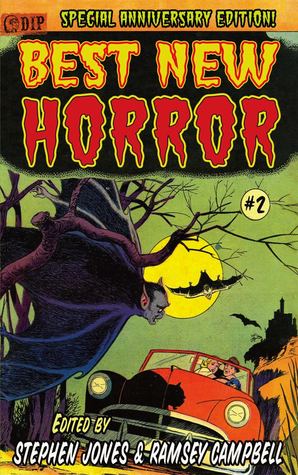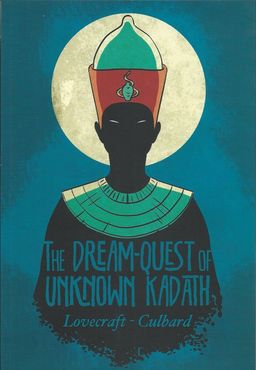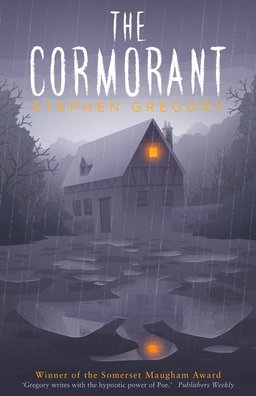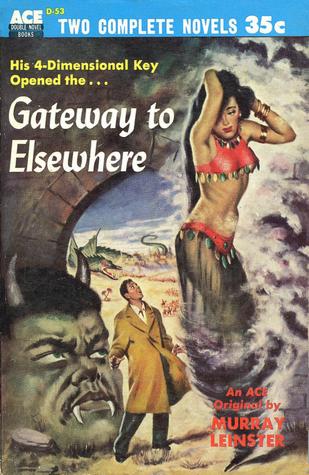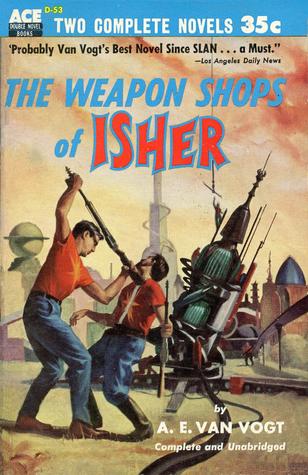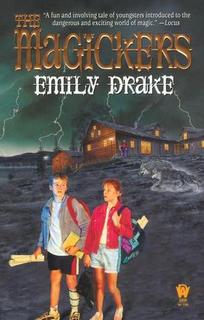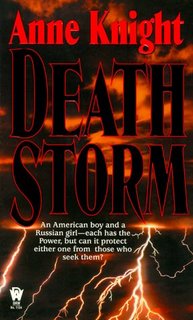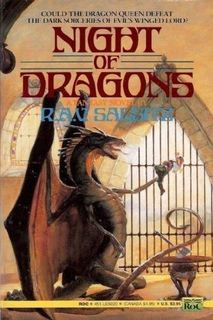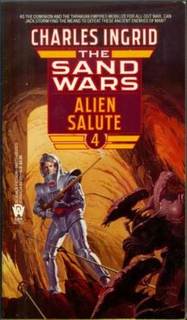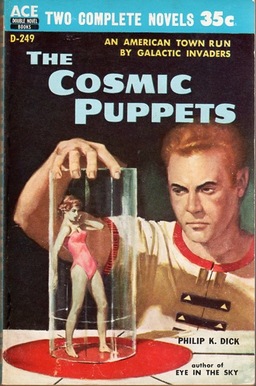Embrace the Odd: The Fantasy Catalog of ChiZine Publications
 |
 |
 |
Last month, I attended the World Fantasy Convention in Washington D.C. (my first trip to the city) and had a marvelous time. I attended readings by over a dozen writers, sat in on terrific panels, and reconnected with close friends I haven’t seen in far too long.
But I probably spent the most time in the Dealers Room, where publishers and collectors laid out their wares on closely packed tables. We talk about a lot of new books here at Black Gate, and I’m proud of our coverage of the industry, but let me tell you — there’s nothing like wandering past stacks of newly-published fantasy titles from dozens of publishers to make you realize how woefully you’ve underrepresented the cavalcade of new books that have arrived in just the last few months.
I vowed that when I returned to our rooftop headquarters here in Chicago, I’d showcase those publishers that most impressed me — and not just with a book or two, but by trying to show you what it was like to stand in front of their tables in that room, with the full range of their current books on display. I’ve done that once already, with Valancourt Books; today I’d like to focus on one of the most innovative small press publishers in the field, the brilliant ChiZine Publications.
